Rainwater harvest and greywater reuse in Zugló
PILOT LOCATION: Hétszínvirág Kindergarten Zugló (Budapest, XIV. district)
PILOT PARTNER: Municipality of Budapest, XIV. District, Zugló
LOCAL FUA PARTNER: Budapest Sewage Work Pte. Ltd.
FURTHER PARTNERS: Greenvest-Forum Ltd., Niteo Ltd., Hétszínvirág Kindergarten
ABOUT THE PILOT
In the frame of the CWC pilot investment, a greywater and rainwater harvesting system has been installed at the Hétszínvirág Kindergarten in Zugló.
The system
The rainwater run-off from the roof of the building and greywater from the handwashing units of the kindergarten are drained to a pre-filtration zone. This zone is a waterproof ditch, filled with fractions of different sized gravel and planted with herbs. The gravel and roots perform the filter effect. The pre-filtered water is collected in two, 7 m3 (14 m3 in total) capacity tanks sunk into the ground in the courtyard.
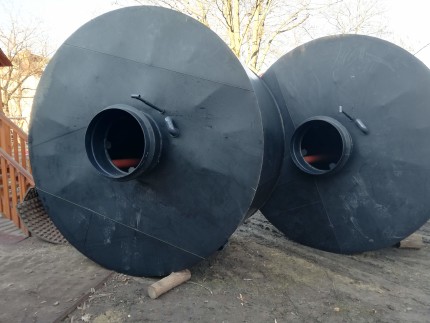
Water reuse in nutshell
This purified and stored water is reused in two ways:
- A part of it is used for flushing the toilets. The wastewater from the toilets will follow the „traditional route” into the public sewer.
- The other part of the collected water is used to irrigate the garden.
If the 14 m3 storage capacity is not sufficient, for example in a persistent heavy rainstorm, the excess water can be simply discharged into the public sewer. If there is too little greywater and rainwater collected from the roofs and handwashing taps, drinking water from the city water network can be used for watering and flushing toilets.
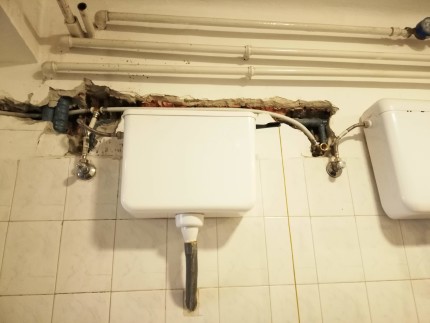
About the root pre-filter system
Before reaching the tank, the collected rainwater and greywater percolate through a loose-textured layer. Most of the pollutants are filtered out: organic matters, heavy metals, biological pollutants and colloids are reduced. The filtering zone is made of a loose, sandy, gravel planting material. The plants of the pre-filtering zone should withstand extreme water conditions, i.e. prolonged drought and stagnant water. The most suitable species are reeds (Phragmites), sedges (Carex) or mat (Typha).
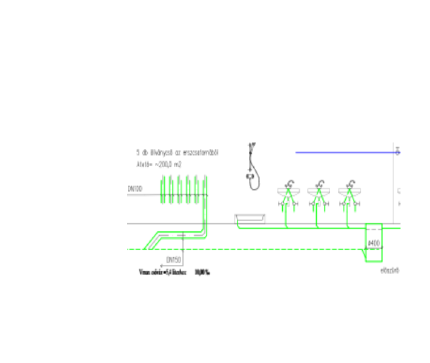
Is it safe to reuse the collected water in a kindergarten?
We are used to lavish drinking water for everything, but collected, treated and purified rainwater and greywater will do just fine for the above purposes. After proper treatment, the risk of recycled water causing any problems is quite low. By the strict design consideration this water should not enter the drinking water network, that means it will not contaminate the drinking water.
The water quality of the stored and recycled water is tested by a specific laboratory. However, there are no specific legal chemical and microbiological standards for greywater in buildings, the proper quality of the water is a boundary condition of the operation of the water reuse system.
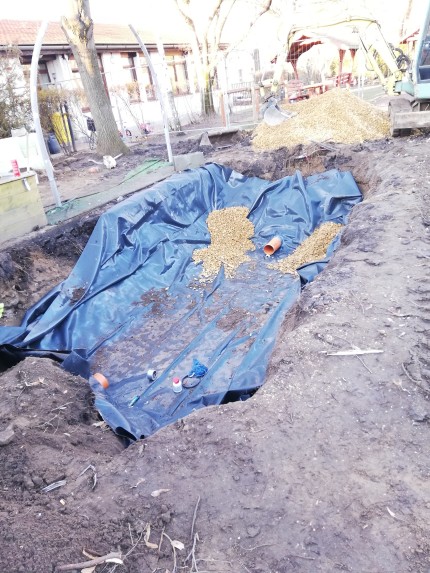
Monitoring
Most of the construction works has been completed in 2021. The pre-filtering zone will be planted in the spring 2022. The monitoring begins with regular measurements of water quality and evaluation of the results and summary of experience.
Local and global benefits
Economical
In some parts of Africa the daily per capita consumption is half of a single flush we flush down the toilet. There is no question, this is a waste. Using recycled water for toilet flushing and irrigation reduces the water and sewerage bills of the kindergarten, saving the municipality money.
Water retention
The kindergarten used to irriagte the garden from the drinking water network. Why do we let the rainwater run off the drain and use drinking water for irrigation, if we can store it for hot and dry days? With the storage capacity of 14 cubic metres, or 14,000 litres, is sufficient for a single irrigation of a garden of about 3,500 square metres (4 litres/m2 of irrigation).
Less stress on sewerage system
Almost every year, at least once or twice, a heavy rainfall overloads the urban sewerage system, and the rainwater (mixed with sewage) floods the streets. With climate change, this weather phenomenon will become more frequent. Keeping rainwater, or at least part of it, in place can also help to alleviate the problem.
Education
If young children are introduced to these possibilities at an early age, they come familiar with these solutions and will use drinking water and rainwater efficient.
Difficulties and risks
Money
At the beginning of planning, the designers were expecting more ambitious plans and major interventions. Green roofs, rain gardens, green walls and a wet playground were all envisaged. During the detailed planning it turned out, that the budget was sufficient for a smaller, but still pioneering and useful development.
Piloting is experimentation
Although there is growing interest in greywater recycling and rainwater harvesting, there is still relatively little practical experience in this field. Pilot projects are designed to gain experience. This is always more difficult than accessing a service in a well-established market.
Construction industry
Due to the pandemic, the construction industry faced several difficulties, e.g. skyrocketing prices and shortages of construction materials and equipments. The early cost estimations have become insufficient, that raised the needs of revising in preparation, planning, permission process, and the procurement.
Continuous use, limited space
The nursery building is used almost continuously. This makes it difficult to time the investment without disturbing the life of the nursery. Sharing the limited space between the playground and investment requires high tolerance and attention from everyone.
Well-established vegetation
In principle, it is a great pleasure to see the garden shaded by large deciduous trees and bordered by rows of green shrubs. It also means that the soil is well rooted. The roots and plants should be not threatened by earthworks. In case of and severe damage of the trees and shrubs, they have to be replaced by law.
LEARN MORE ABOUT THE DETAILES
PRESENTATIONS about the pilot action are available HERE and HERE
Peer review report with recommendations
VIDEO DOCUMENTATION
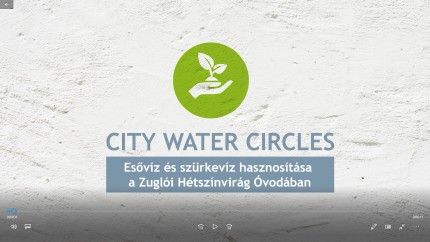
Zugló investment (short)

Zugló investment (long)
Contacts:
Mr. Viktor Merker, project manager merker.viktor@zuglo.hu
Ms. Zsuzsanna Kiraly, project communication manager, kiraly.zsuzsanna@zuglo.hu
Furter info:
https://mizuglonk.hu/varosi-vizkor/
https://mizuglonk.hu/projektek/esoviz-es-szurkeviz-hetszivirag/
